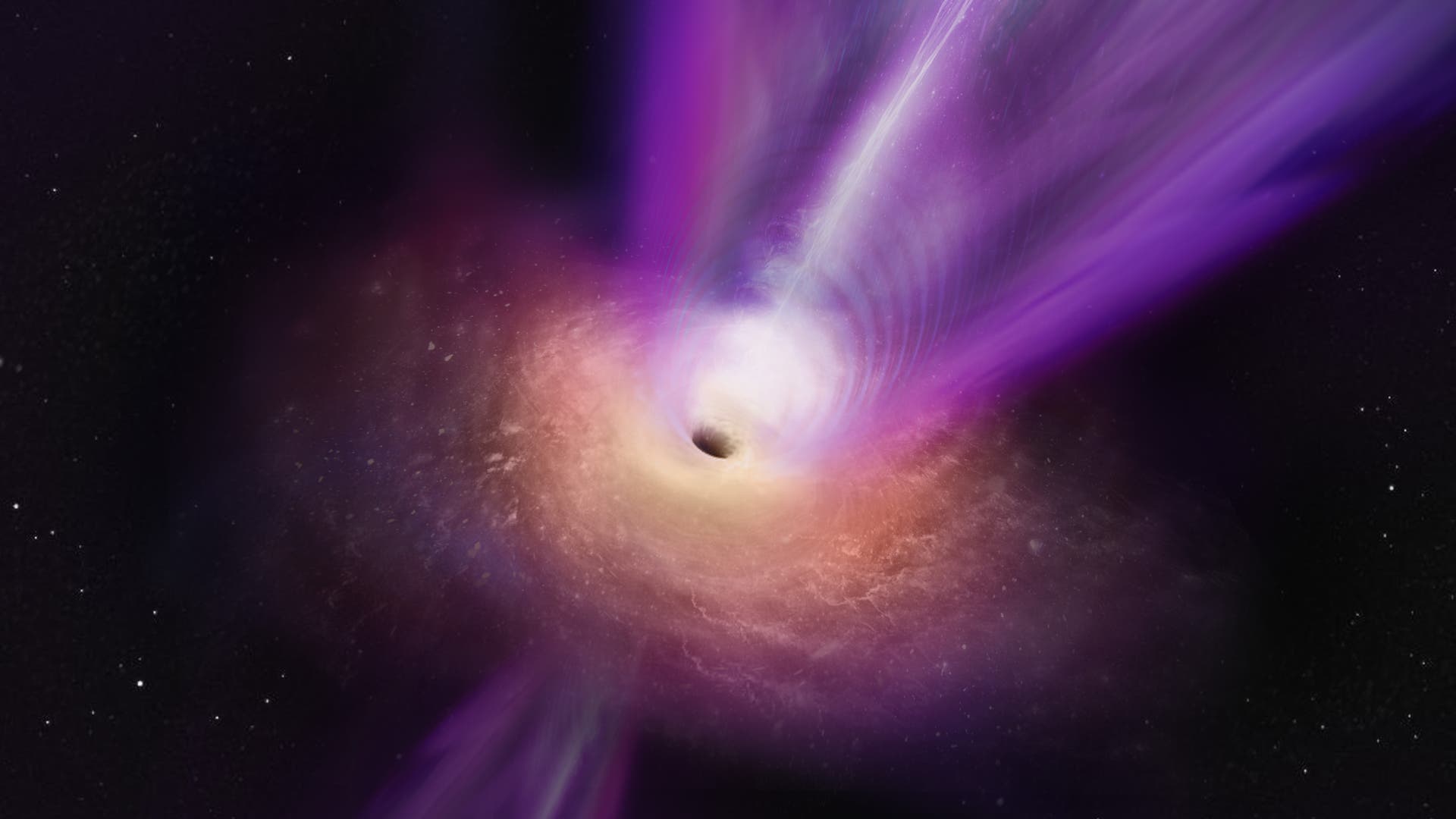Without this condition, a singular character of spacetime could arise simply by removing a piece of originally regular spacetime, such as a single point. All curves that previously passed through this point can no longer continue beyond the asymptotic length value that this point passed in the original spacetime. Such spacetime only imitates its singular behavior, because it loses it again once the missing points are added. “For this reason, we base ourselves on the axiom of discontinuity.” Hawking wrote in a 1967 publication. Thus the “singular” property is given only to those spacetimes which cannot be continuous. This fact is why Kerr's argument fails.
According to Penrose and Hawking, spacetime is said to be singular if, first, it is discontinuous and, second, it has discontinuous and incomplete causal geodesics. Then “singularity theorems” show that, according to the laws of general relativity, singular spacetime does not occur only in isolated cases.
Some find the definition of “singular” misleading, because it does not mean that singular spacetime also contains local physical singularities. To avoid this misunderstanding, Penrose and Hawking's theories are often referred to as “incompleteness theorems.”
Kerr's argument is invalid
In his paper published in December 2023, Kerr presented a supposed counterexample to Hawking and Penrose's theories. In it he looked at the space-time solution of Einstein's field equations named after him, which describe a rotating black hole. This solution does not have infinite curvature at its center, but rather has a toroidal singularity around the axis of rotation.
Care World | Kerr's solution to Einstein's field equations describes a rotating black hole. There is a ring-shaped singularity behind the event horizon.
In this geometry, Kerr considered a beam of light striking the black hole along the spin axis – without ever touching the singularity, and the world line ending at the height of the odd ring. Kerr's conclusion: Singular spacetime cannot be deduced from discontinuous causal geodesics (in this case the ultimate world line of a light ray) – this contradicts (according to Kerr) the theories of Penrose and Hawking. But Kerr did not take into account that the spacetime he chose was continuous. If you expand Kerr's spacetime to the limit (i.e., add all the points that were cut off), your supposed counterexample evaporates: the world line of the light ray can continue on its way through the ring. This means that Penrose and Hawking's concept of the singularity does not apply at all to the situation addressed by Kerr. So Kerr's supposed mathematical counterexample is not one.
Kerr's work has a legitimate substance, but it suffers from its attendant controversy.
However, in the maximally extended Kerr spacetime, there exist geodesics other than those considered by Kerr, which are in fact incomplete and discontinuous. However, all of these end up in the singularity as a loop of infinite curvature – thus fulfilling physical expectations.

“Alcohol buff. Troublemaker. Introvert. Student. Social media lover. Web ninja. Bacon fan. Reader.”







More Stories
New vaccine against dengue » Latinapress News
Fäkt aims to bring science closer to students through videos
Orca “attacks” science puzzle